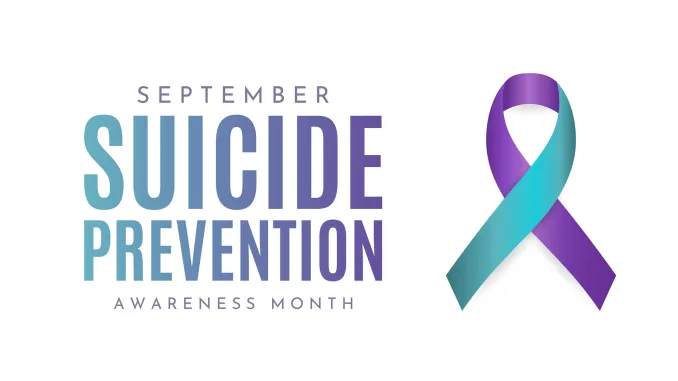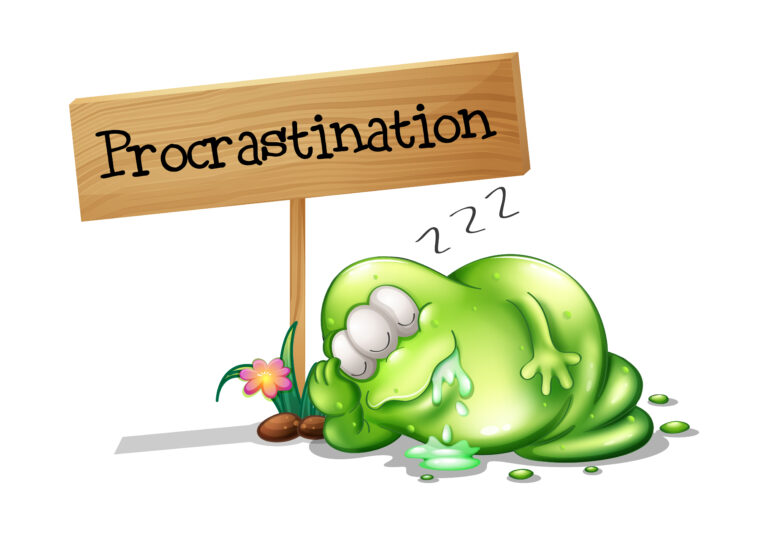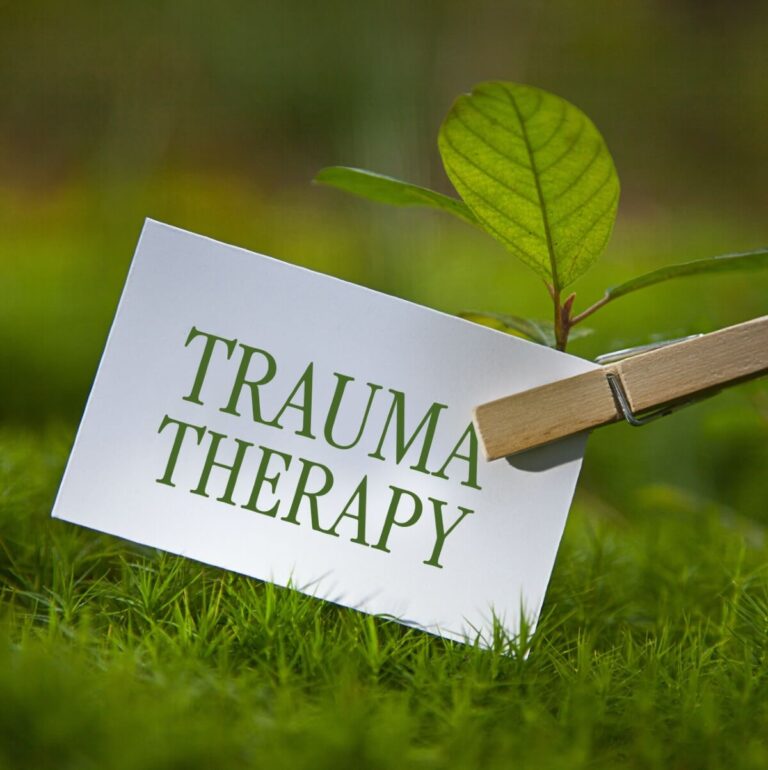Adults with ADHD and Anxiety
Attention deficit hyperactivity disorder (ADHD) and anxiety are different mental illnesses that can occur together in adults. Such conditions are known as comorbidities. Although some symptoms of both mental disorders are similar – the two conditions are not the same.

What is ADHD in Adulthood
Adult ADHD is a psychological disorder. It manifests as persistent attention deficit, hyperactivity, and occasionally impulsivity episodes. Until recently, ADHD was considered a child’s psychological condition. It is now factual that adults can have (ADHD). According to research, 10% to 60% of children with ADHD will have the condition into adulthood.
Clinicians do not really know how ADHD develops. However, they have seen a pattern in inheritance. If a close blood relation has ADHD, the progeny are likely to get the mental condition through genetics.
The Diagnostic and Statistical Manual of Mental Disorders, Fifth Edition (DSM-5) recognizes three types of adult ADHD. The condition should begin at 12 and persist to adulthood for the counseling psychologist to pass a diagnosis.
Childhood symptoms dissipate or evolve with time as others emerge. Adult symptoms range from general annoyances to challenges in work and relationships.
Predominantly Hyperactive-Impulsive Adult ADHD
Adults with hyperactive-impulsive ADHD exhibit restlessness and act on impulse without regard for consequences or outcomes. The hyperactivity in childhood transforms into a restlessness that wears others out.
The adult with hyperactive-impulsive ADHD
- Fidgets with hands or objects
- Talk incessantly and excessively.
- Are severely impatient – squirming on sits or leaving their sits when everybody else remains sitting
- Act as though they are driven by motor because they are always on the go.
- Make hasty unplanned decisions like interrupting others and cutting on lines while oblivious to social cues because they act on impulse – are unable to wait their turn.
- They cannot participate in quiet activities.
- Are unable to delay gratification.
- Have a strong desire for immediate rewards
Predominantly Inattentive Adult ADHD
Predominantly inattentive adult ADHD manifests as a struggle to maintain attention on tasks and responsibilities. Adults with this form of ADHD also struggle with organization.
Adults with this form of ADHD
- Struggle to stay focused at work or at home
- Strain to pay attention to details and frequently makes careless mistakes
- Finds task organization difficult and always presents disorderly and untidy work after missing countless deadlines
- Gets easily distracted
- Finds following instructions, completing work, assignments, and other activities challenging.
- Develops inconsistencies in routine work and responsibilities because of forgetfulness – bills remain pending, calls never get returned, and most appointments pass without attendance.
- They avoid mentally tasking responsibilities like preparing reports or filing taxes.
- Always misplaces items needed to complete tasks.
- Struggle to pay attention when someone speaks to them directly
An adult can get a positive diagnosis for inattentive ADHD if they have at least five symptoms for more than six months. There should also be no underlying mental disorder with similar physical manifestations. The adult should also have a few symptoms relating to hyperactivity and impulsivity.
Combined Presentation Adult ADHD
The adult with combined presentation ADHD exhibits both inattentive and hyperactive-impulsivity signs. The adult must have at least six symptoms of the disorder for six months to get a positive diagnosis.
What is Anxiety?
Anxiety disorders are mood disorders characterized by persistent worry and fear about everyday situations. People use the term anxiety for most of the conditions in this category. However, what people describe is commonly clinically known as general anxiety disorder (GAD).
Other anxiety disorders include:
- Obsessive-Compulsive Disorder (OCD)
- Panic Disorder
- Post-Traumatic Stress Disorder (PTSD)
- Social Phobia (or Social Anxiety Disorder)

Anxiety as a Physiological Response
Anxiety is a healthy human reaction to internal and external stress. Your body launches what is called the stress response, the fight or flight response, or anxiety. You tend to become anxious when you worry about your finances or are unsure about the future.
The stress response also becomes activated when you sense danger, empowering your body to defend itself through fight or flight. The physiological response begins in the amygdala, also known as the stress response center. From there, a series of cascading events get set in motion, preparing you for fight or flight or making you anxious.
The amygdala processes sensations from all your nerves. When it interprets a signal as dangerous, it sends impulses to the hypothalamus, which stimulates the adrenal glands to release adrenaline – the stress hormone.
Adrenaline works on your brain, changing signals and prompts that increase your heartbeat, blood pressure, and breathing. The action boosts oxygen supply and transportation to your brain and muscles. Both body parts use oxygen as fuel for energy production.
The brain uses oxygen to increase your alertness and focus on the stress so you can quickly resolve it or eliminate the danger. Muscles use the energy to increase their rate of contraction and relaxation for fight or flight. The physiological response feels like hyper-alertness, diminished concentration on other activities, but the stressor, and uncontrollable muscle spasms.
The increased breathing feels like a heart attack. However, it is hyperventilation. Heightened breathing reduces the level of carbon dioxide in your blood, causing you to feel breathless, dizzy, weak, and pain in your chest, and tingling in your hands and feet.
You may also notice you have superhuman strength or what is commonly known as the adrenaline rush. The focus enables you to act on a whim to lift a heavy object, avoid oncoming traffic, or get your hand off a burning stove.
Adrenaline also stimulates the production of cortisol, a glucocorticoid. It also works on the brain, but its impact gets primarily felt in the digestive system. Cortisol stimulates the breakdown of stored sugars and fats into glucose. The brain and muscles burn glucose in the presence of oxygen to release energy.
Cortisol also inhibits the activity of other tissues and organs to shift your body’s attention to the fight or flight response. You will suddenly feel nauseated if partially digested food is in your stomach. You may also want to empty your bowels because of cortisols action on the digestive system. Cortisol also sends an internal alarm in your gut, typically known as the proverbial gut feeling of danger.
When Anxiety becomes a Disorder
The stress response is a natural response that occurs within seconds. It can help you avoid or defend yourself from impending danger. It only becomes problematic when there is a problem in the response.
A genetic disorder in one of the organs or tissues regulating the stress response triggers its dysfunction. Genetics can
- Trigger a constant release of the adrenaline or hormones that stimulate its activation can leave you perpetually stressed
- Interfere with the functioning of the amygdala.
You can also get a hyperactive stress response through constant exposure to stress. Living or working in a toxic environment, having impossible responsibilities, staying in a problematic relationship, and battling an illness like ADHD can turn anxiety into a disorder.
Constantly stimulating the amygdala makes it oversensitive. It then misinterprets sensory cues as danger or threats and launches the stress response prematurely.
Symptoms of GAD
The DSM-5 lists these symptoms as a diagnostic criterion for GAD
- Daily excessive worry and fear for more than six days, persisting for over six months.
- Inability to control the worry
- Restlessness or feeling on edge
- Diminished concentration, which feels like the mind is blank
- Irritability
- Muscle tightness
- Struggling to sleep or staying asleep, leading to unsatisfying sleep
GAD should be the only disorder at the time of diagnosis without using another mental illness to describe its symptom. It should also not be a consequence of substance abuse disorder.
Similarities and Differences between Anxiety and ADHD
Anxiety and ADHD get misdiagnosed because they share some common symptoms. Both mental disorders have restlessness, inattention, and irritation as symptoms. However, the symptoms develop because of obsession with external stimuli in ADHD. Neuronal overstimulation keeps the person excited over activities for short periods before something else grabs their attention.
On the other hand, persistent worry and fears are the sources of inattention in anxiety. Furthermore, the person’s routine may remain intact when they are not anxious. A person with ADHD cannot focus on any routine work.
It is also worth noting that ADHD increases a person’s vulnerability to anxiety disorder. As your awareness of ADHD grows, your odds of developing an anxiety disorder also rise.
Diagnosis and Treatment
Counseling psychologists can diagnose and treat both conditions. A therapist can give you medication to balance your brain chemicals in counseling. They also equip you with mind, thought, and behavioral techniques to lessen the physiological impact of anxiety on your body and empower you to control stressors.
The therapist is also a source of support and accountability. They guide you to make mentally and physically beneficial actions to manage your anxiety.
Therapists can help you manage ADHD with medication and cognitive behavioral therapy. The interventions are essential for symptoms management without triggering anxiety or other mood disorders. You do not need to battle anxiety and ADHD alone. Talk to a counseling psychologist today, and begin your journey to mental wellness.





